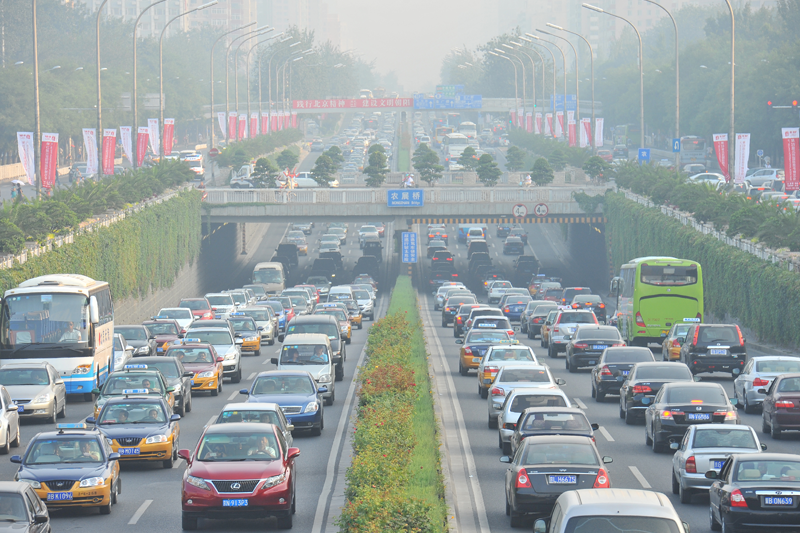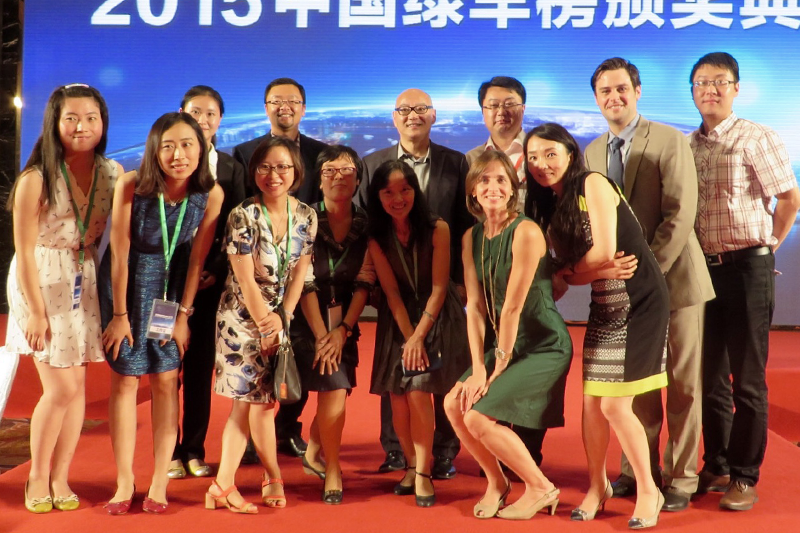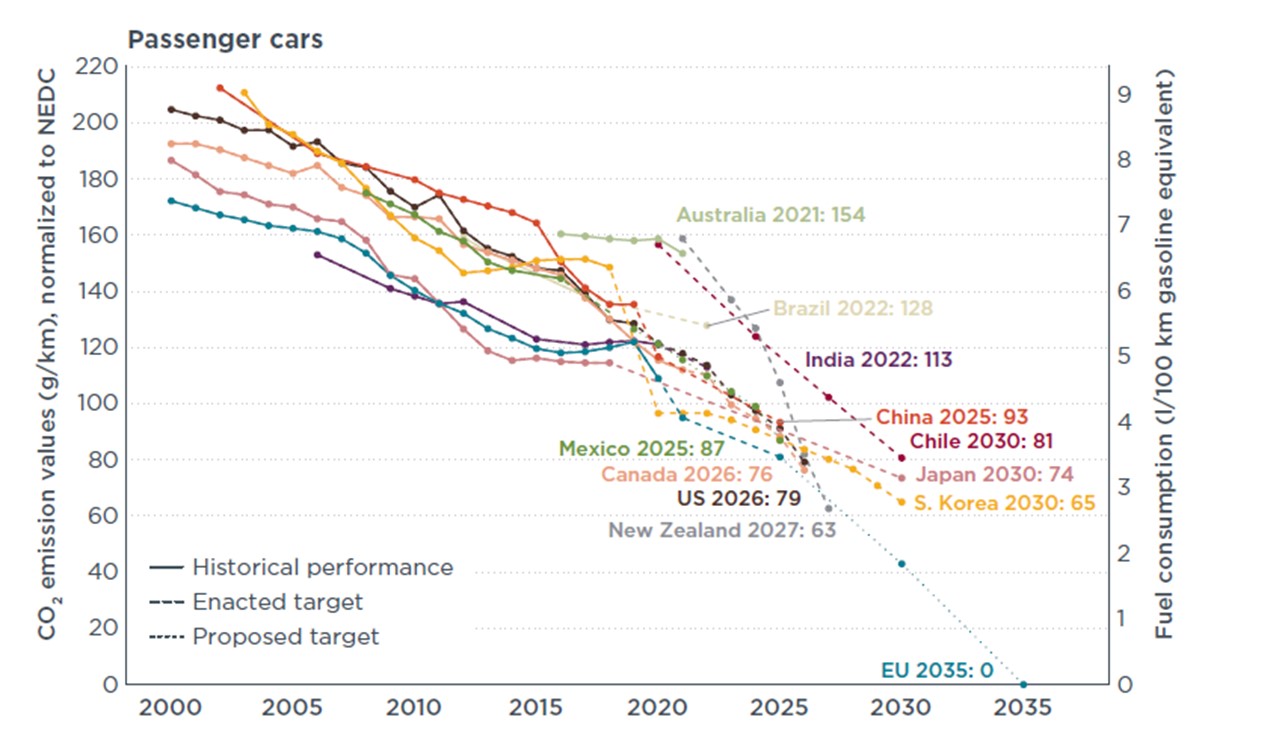iCET publishes new analysis of Chinese fuel economy

The rapid growth of passenger vehicle ownership is one of the main drivers of the increase in oil consumption, greenhouse gases and pollutant emissions in China over the past decade. China's light duty vehicle production and sales reached over 24.5 million units in 2015, marking China’s 7th consecutive year as the world's biggest auto market.
Fuel economy standards are one of the most effective policy initiatives for improving vehicle fuel efficiency, promoting technological development, and reducing greenhouse gas emissions. China started implementing fuel economy standards in July 2005 and have expanded its original by-vehicle weight-group fuel consumption limitation standard regime to also include: by-vehicle weight-group fuel consumption targets, corporate average fuel consumption (also known as CAFC), imported vehicles’ inclusion, New Energy Vehicles (NEVs) super-credits inclusion as part of its flexibility mechanism, as well as the Fuel Consumption (FC) label and corporate reporting of CAFC.
iCET recently published its annual analysis of China’s CAFC implementation status which revealed the following major issues concerning the stringency and effectiveness of China’s CAFC standard:
- In 2015, domestic passenger vehicle manufacturers’ CAFC reached an average of 6.95L/100km (7.02L/100km if imported cars are included), which is above the national annual average target of 6.9L/100km. After including super-credits generated by corporations producing NEVs, the average CAFC decreased to 6.60L/100km, outperforming the national average target.
- Although the recently introduced NEV super credits (an EV counts as 5 vehicles of 0L/100km) support independent manufacturers in reaching their short-term CAFC targets, it weakens the motivation for ICE technological upgrades, thus undermining the standards’ long-term goals.
- The targets and limits of the standard are not stringent enough in its first two implementation years of Phase IV, starting January 2016 and aimed at a national average of 5L/100km by 2020, while the last implementation years of this phase pose a challenges that may not be implementable.
- In the past decade, passenger car fuel consumption (excluding NEVs) has slowly improved, due in large part to a gradual increase in the production of larger and heavier vehicle models; thus, the standard and management regime could produce greater impacts on fuel consumption (and respected emissions) by encouraging lighter and smaller vehicle production.
The Innovation Center for Energy and Transportation (iCET) is an independent non-profit organization registered in Beijing since 2006 and in California since 2008. The Global Fuel Economy Initiative draws on iCET’s analysis for China case studies in its Cleaner, More Efficient Vehicles Autotool - seen here.
For more details, comments, and collaboration opportunities, please contact via email here.









